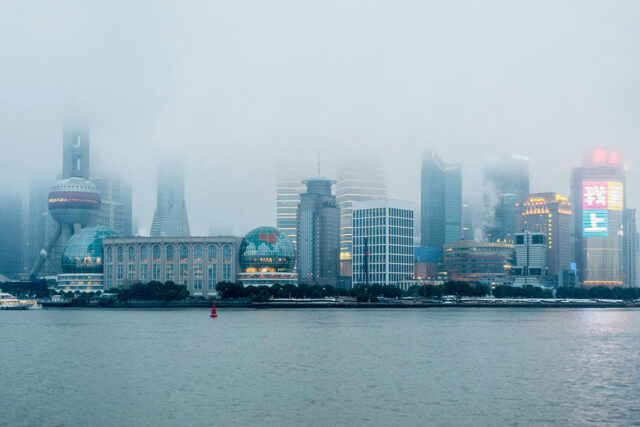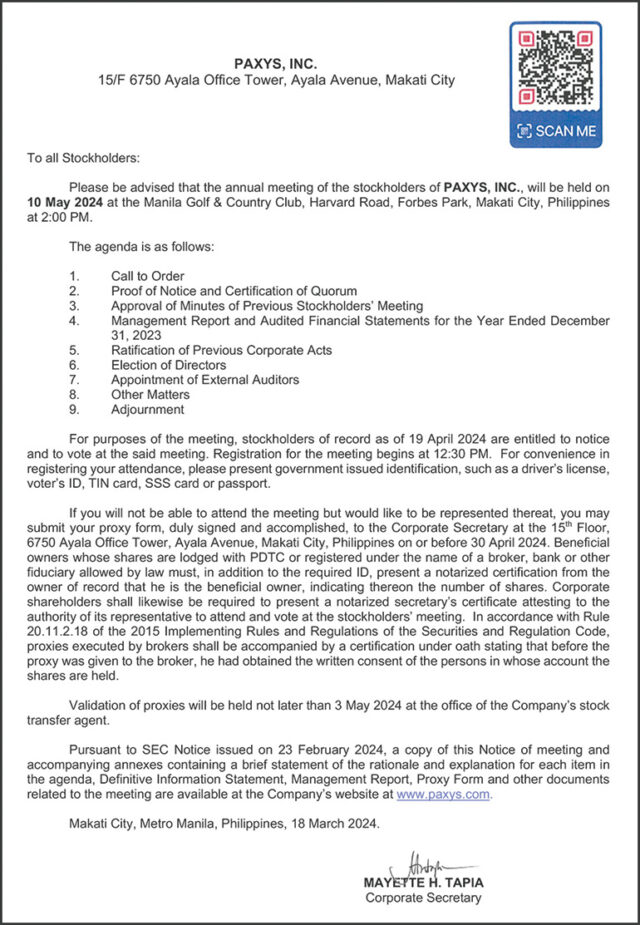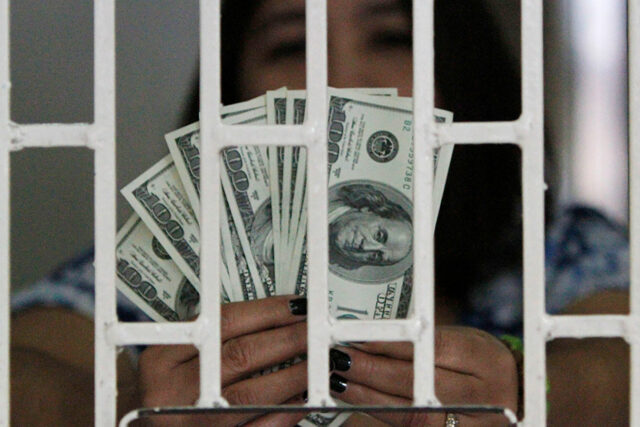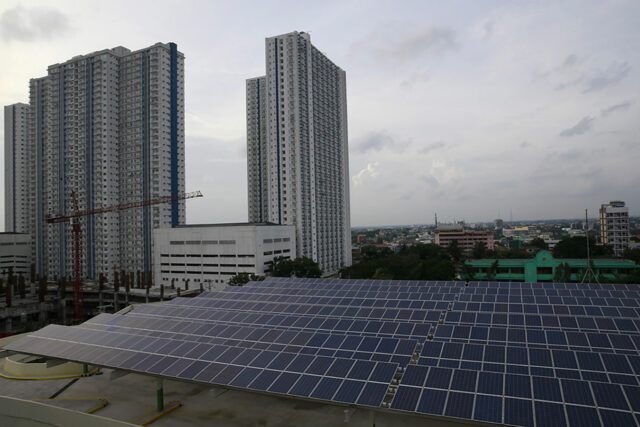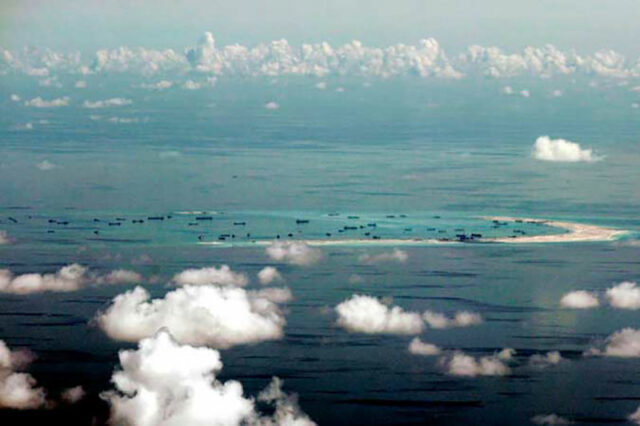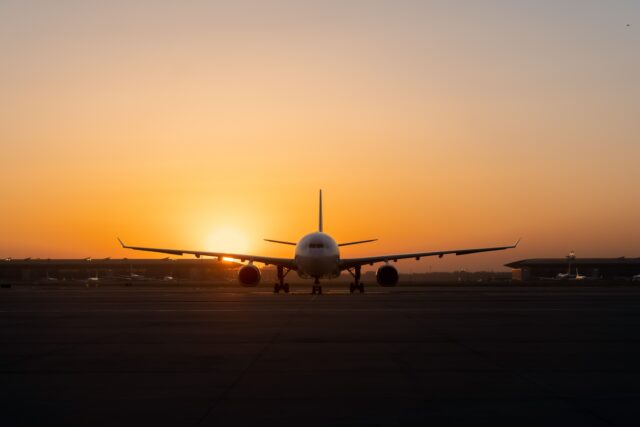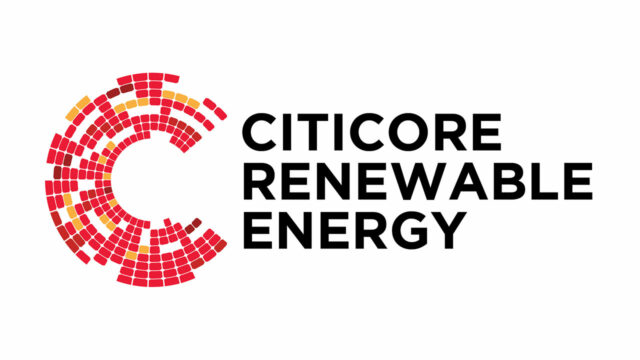China’s Q1 GDP growth tops forecasts on policy support
BEIJING – China’s economy grew faster-than-expected in the first quarter, data showed on Tuesday, offering some relief to officials as they try to shore up growth in the face of protracted weakness in the property sector and mounting local government debt.
The government has unveiled fiscal and monetary policy measures in a bid to achieve what analysts have described as an ambitious 2024 GDP growth target of around 5%, noting that last year’s growth rate of 5.2% was likely flattered by a rebound from a COVID-hit 2022.
Gross domestic product (GDP) grew 5.3% in January-March from the year earlier, data released by the National Bureau of Statistics showed, comfortably above analysts’ expectations in a Reuters poll for a 4.6% increase and slightly faster than the 5.2% expansion in the previous three months.
“The result is positive for the economy to hit its target. Momentum appears to be stable for now, evidenced by the March data not surprising on the upside,” said Jeff Ng, head of Asia macro strategy at SMBC in Singapore
“I think sentiments are still leaning bearish. I’m anticipating some reversal, possibly from the last quarter of 2024.”
On a quarter-by-quarter basis, GDP grew 1.6% in the first quarter, above the forecast for growth of 1.4%.
The world’s second-largest economy has struggled to mount a strong and sustainable post-COVID bounce, burdened by a protracted property downturn, mounting local government debts and weak private-sector spending.
Fitch cut its outlook on China’s sovereign credit rating to negative last week, citing risks to public finances as Beijing channels more spending towards infrastructure and high-tech manufacturing, amid a shift away from the property sector.
The government is drawing on infrastructure work – a well-used playbook- to help lift the economy as consumers are wary of spending and businesses lack confidence to expand.
China’s consumer inflation cooled more than expected in March, while producer price deflation persisted, pointing to subdued domestic demand and reinforcing market calls for more stimulus to spur demand.
The economy was off to a solid start this year, but March data on exports, consumer inflation and bank lending showed that momentum could falter again.
Separate data on factory output and retail sales, released alongside the GDP report, also showed momentum is slowing.
Industrial output in March grew 4.5% from a year earlier, compared with a forecast increase of 6.0% and a gain of 7.0% for the January-February period.
Growth of retail sales, a gauge of consumption, rose 3.1% year-on-year in March, against a forecast increase of 4.6% and slowing from a 5.5% increase in the January-February period.
Fixed asset investment grew an annual 4.5% over the first three months of 2024, versus expectations for a 4.1% rise. It expanded 4.2% in the January-February period.
“On the face of it, the headline number looks good… but I think the momentum is actually quite weak at the end,” said Alvin Tan, head of Asia FX strategy at RBC Capital Markets in Singapore.
CHALLENGES
The crisis in the property sector has been a major drag on China’s economy as it has rippled across business and consumer confidence, investment plans, hiring decisions and stock prices.
The government is drawing on infrastructure work – a well-used playbook – to help lift the economy as consumers are wary of spending and businesses lack confidence to expand.
. The People’s Bank of China (PBOC) has pledged to step up policy support for the economy this year.
Analysts expect further cuts in banks’ reserve requirement ratio and interest rates.
With the Federal Reserve and other developed economies showing no urgency to start cutting interest rates, China may also face a longer period of subpar export growth in a further blow to policymakers’ hopes of engineering a strong economic recovery.
Adding to the challenge for China, authorities also have to contend with ongoing tensions with the United States over trade, technology and geopolitics. – Reuters

